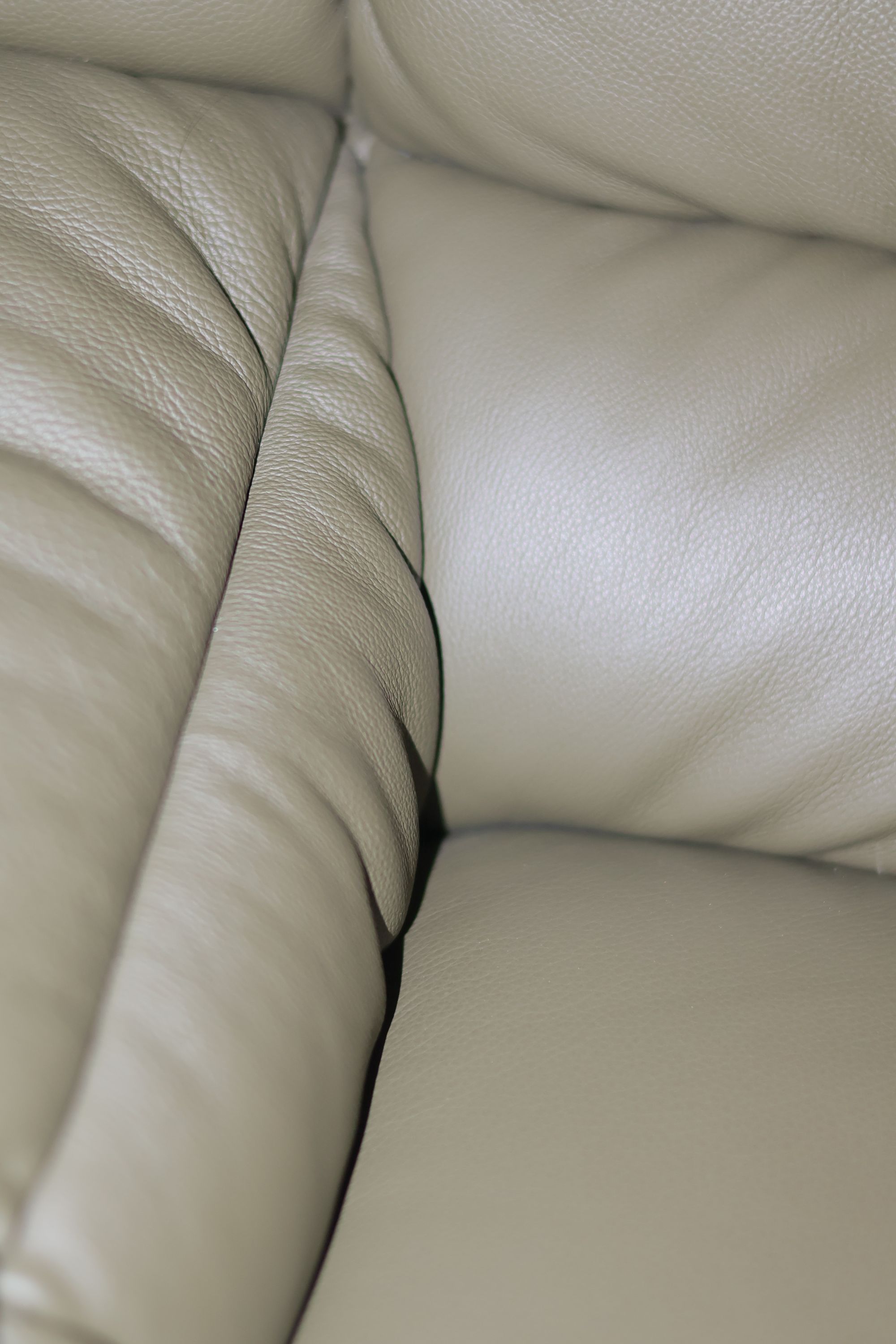
Detail of the ZE sofa. Photographed by Darío Castillo for PIN–UP.
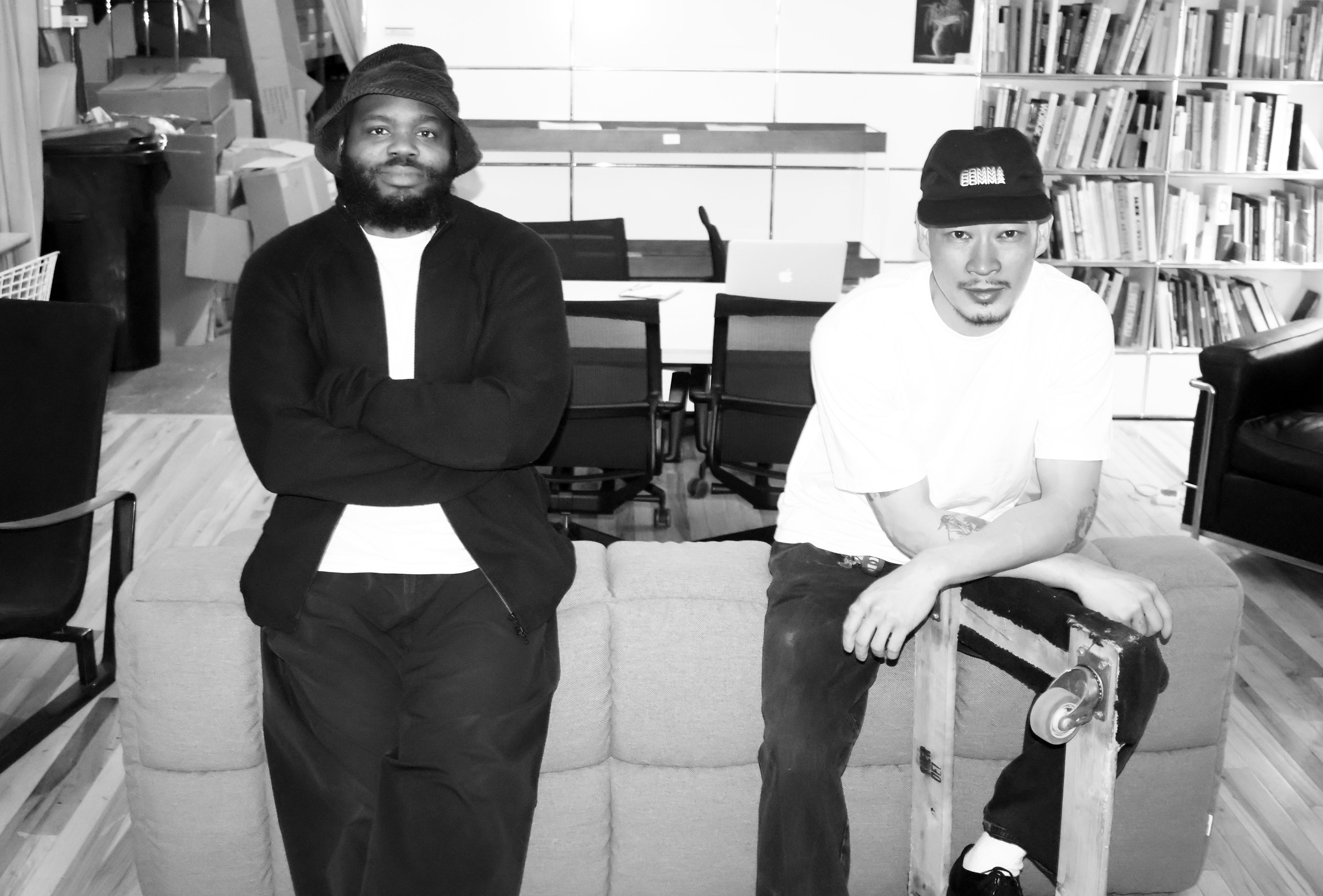
Jared Blake and Ed Be in Lichen’s Ridgewood, Queens storefront. Photographed by Darío Castillo for PIN–UP.
Combining vintage furniture resale with pieces from emerging designers, Lichen’s Ridgewood storefront has quietly become a bonafide New York City design hub. Lichen has carved out an approachable space for discovery without retreading the safe and obvious. Rather than a sterile display room, their Queens space is a constantly shifting, easygoing environment where you might actually find yourself hanging out, whether you’re buying an incense holder or a dining table. This fall, they are exploring new terrain with their first collection designed in-house, facilitated by venerable Japanese furniture company Karimoku. The core of this collaboration is the ZE sofa, a reissue of a long-dormant Karimoku office piece rescaled to fit a contemporary apartment. ZE is low-slung but commanding, with a grid of plush leather squares that looks like a puffer jacket forming its solid back and wide arms. It’s a thoughtful return to the 1980s that feels more timeless and less exuberant, more Joseph D’Urso than Memphis. ZE is accompanied by a collection of wooden modular storage units and tables called CMPT, a flexible system that exemplifies Lichen’s understanding of urban living today. After the collection’s début at ICFF earlier this spring, I talked about the Karimoku collaboration, designing for small city apartments, and the power of Facebook marketplace with Lichen’s founders, Ed Be and Jared Blake, in their Ridgewood HQ.

Detail of the ZE sofa. Photographed by Darío Castillo for PIN–UP.
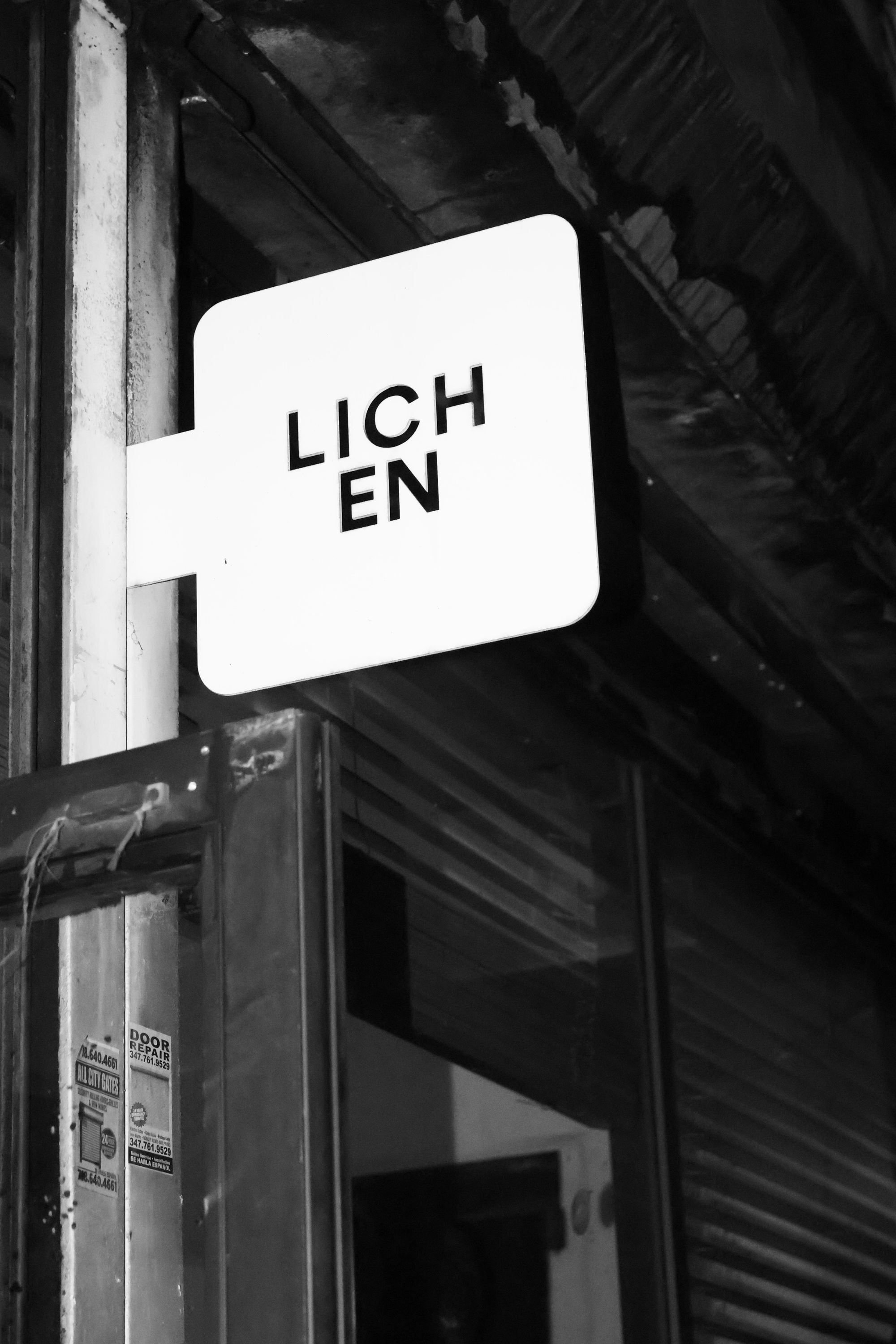
The Lichen sign in Ridgewood. Photographed by Darío Castillo for PIN–UP.

The ZE sofa. Courtesy of Lichen.
Oscar Peña: How did you find the ZE sofa and decide this is the one?
Jared Blake: We took a trip to Japan and a friend of a friend was like, “I want to take you to Karimoku’s showroom.” With other companies we’ve worked with, sometimes there’s a compartmentalization that happens: they want a photo op but don’t exactly extend a real invitation into their process. Karimoku very much wanted to show us the kitchen and the recipe, so to speak. The hospitality was very kind and transparent. We were in one of their facilities that felt like an abandoned mall. A lot of the furniture reminded us of our grandparents’ furniture: it wasn’t eye-catching. And then we turned the corner and saw this sofa trapped in time.
Ed Be: It was a beautiful piece. We wondered if they even made it because it seemed out of place, tucked away by the elevator. It looked like something Bottega would have designed, with the quilting and the leather. We knew that the texture would compliment our designs really well. We wanted to bring it back in a new dimension for the home, with contemporary colors and sizing.
JB: We were like, “Yo, you guys should bring this out”. And they were like, “Really? You think?” Nike, New Balance, and Adidas all have this same problem with knowing what to pull out of their archive. They were like, “How should we know? We have thousands of sofas — why is this the one?”

Ed Be portrait by Darío Castillo for PIN–UP.
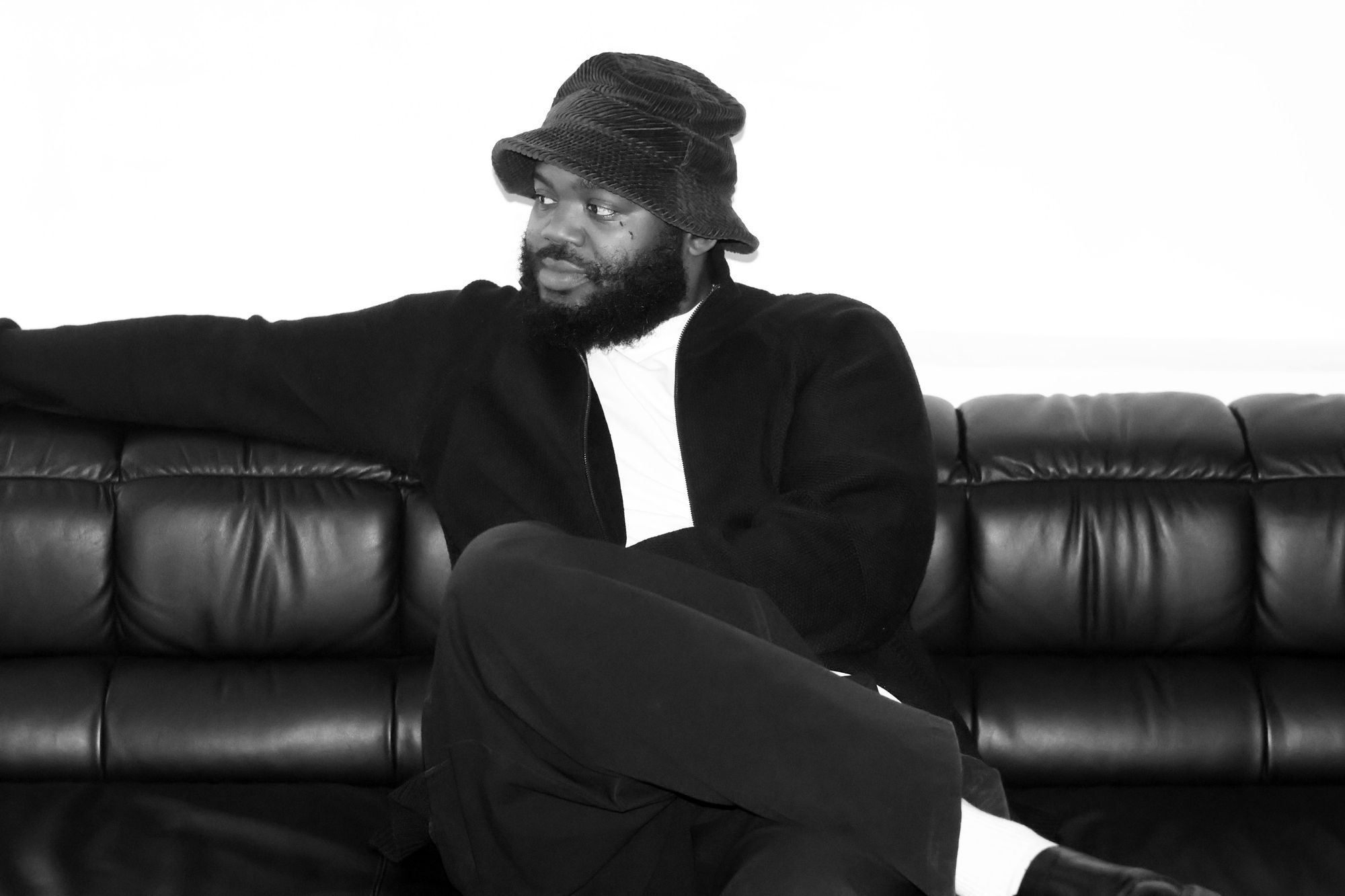
Jared Blake portrait by Darío Castillo for PIN–UP.
What were some of the challenges of trying to resurrect this thing from 45 years ago, even with the original company?
JB: With what we design at Lichen, we don’t keep one of everything because of our limited storage, so we don’t always have the reference to reproduce what we’ve made. And there’s some beauty in that. But in Karimoku’s case, we were grateful for their comprehensive archive. They even had the machinery that did that ruching technique — they haven’t used it since they first produced it. If it was us, the second we stopped using that machine for that sofa, we would’ve sold it. The fact that they even had it to dust off and use again is a miracle.
EB: We needed someone that knew the technique of making that sofa, because it’s very difficult. They reached out to the original people that made it and asked them if they were still sewing. They taught a new team how to do it and continued that tradition.
JB: The original leather was not in production anymore, so that’s something we had to take into account as well. The new leathers don’t ruche the same way. So the material was another wrinkle — no pun intended — in figuring out how to make these again. The question of color was also a big consideration. Most cars you see on the street are probably the same five colors, and companies will get spicy with two more unexpected colors. That’s how we started thinking about it. What are the A and B colors that resonate the most with people, and then what’s the one novelty color that’s the bolder choice? That’s how we decided on the orange one — you don’t really see a new rust-colored sofa that often. It’s got a new form, but the color treads a thin line between vintage and retro.
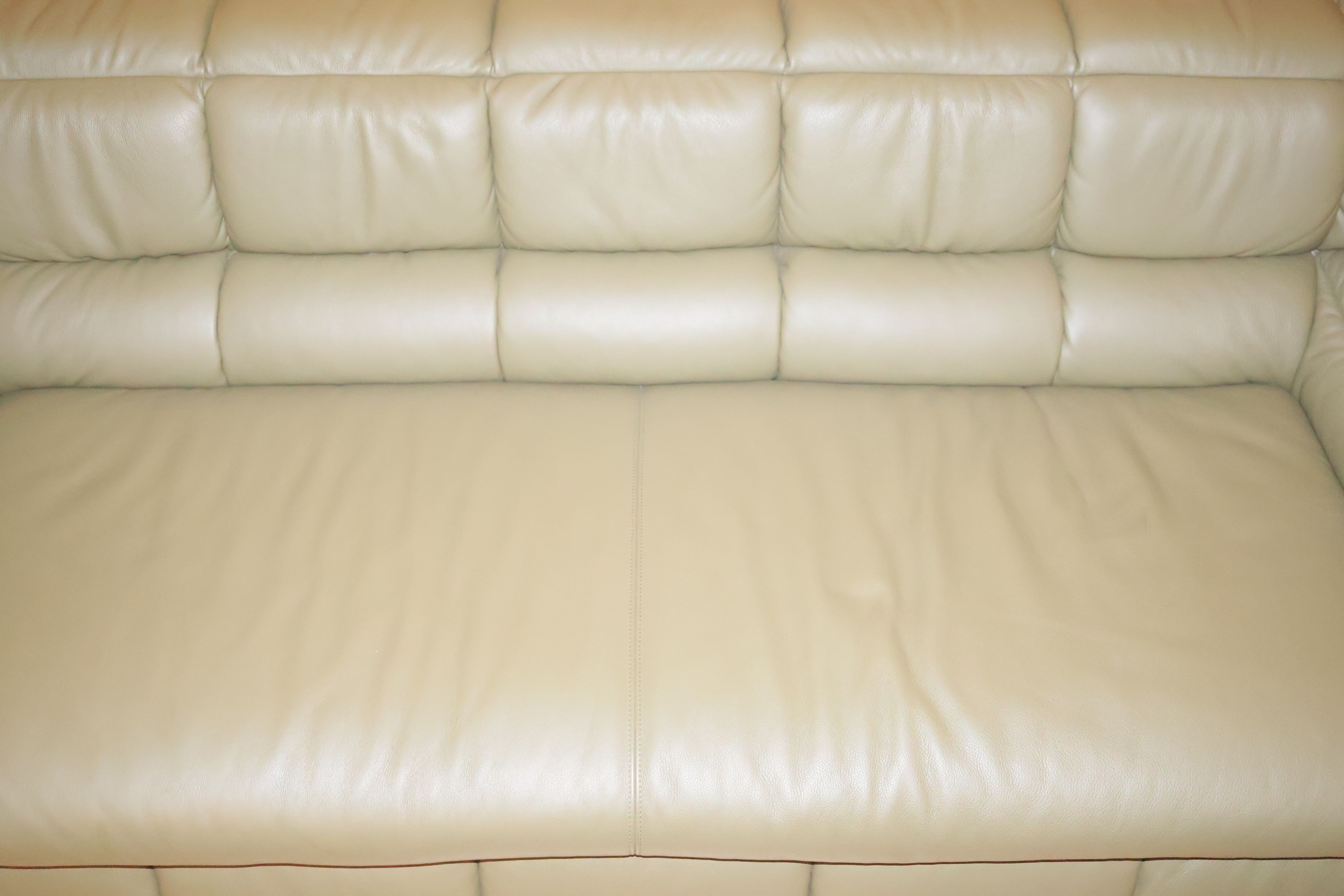
Close-up of the ZE sofa. Photographed by Darío Castillo for PIN–UP.
What inspired the CMPT collection? It reminds me of this book Nomadic Furniture from the 70s, which was responding to the hippie era. It said that because people are moving around so much more, furniture shouldn’t be these big heirloom pieces, but pieces that can change and flex into different spaces.
EB: When we designed the CMPT collection and specced out the dimensions for the sofa, we kept this idea of the nomadic in mind, knowing that you only have 32 inches in New York City stairwells to maneuver all of your furniture. A good case study is Jared’s current crib. It’s 200 square feet, but done up in the fliest way. But with a space that compact, everything has to be super considered. Storage is key. And it’s gotta look good at the end of the day, otherwise no one’s buying it.
JB: We’re constantly looking for sofas that solve problems, particularly how to be comfortable in the smallest amount of space possible. We’ve coined ZE the Togo Killer — with all due respect to the Togo. Stylistically, functionally, Togo is a fantastic design, but I think there’s space for another solution. ZE is very comfortable. It looks good.
The Togo was also dormant and has only kind of blown up in the last 10 or so years.
JB: It might have sold more now then when they released it.
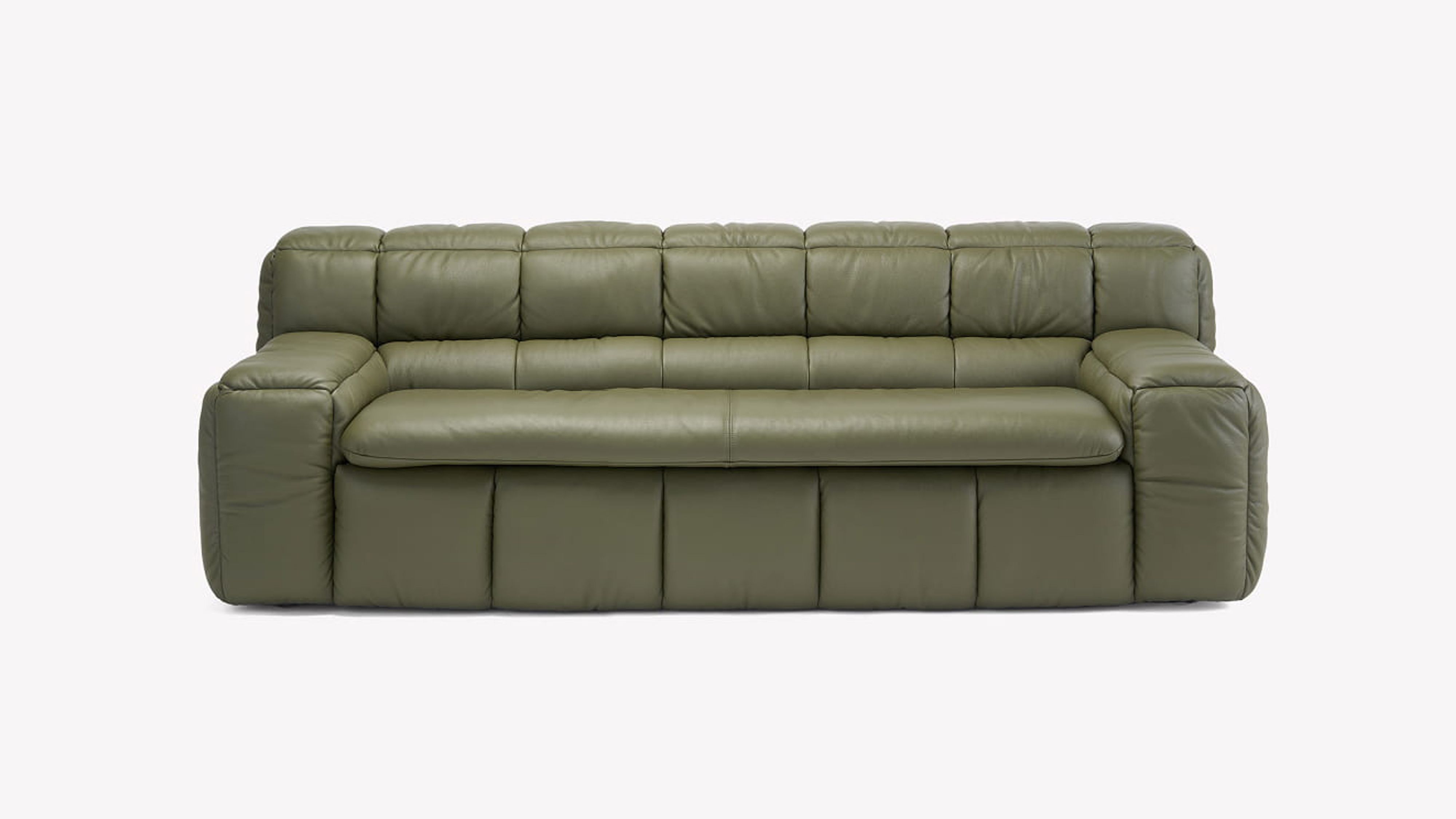
The ZE sofa in the Olive Leather colorway. Courtesy of Lichen.
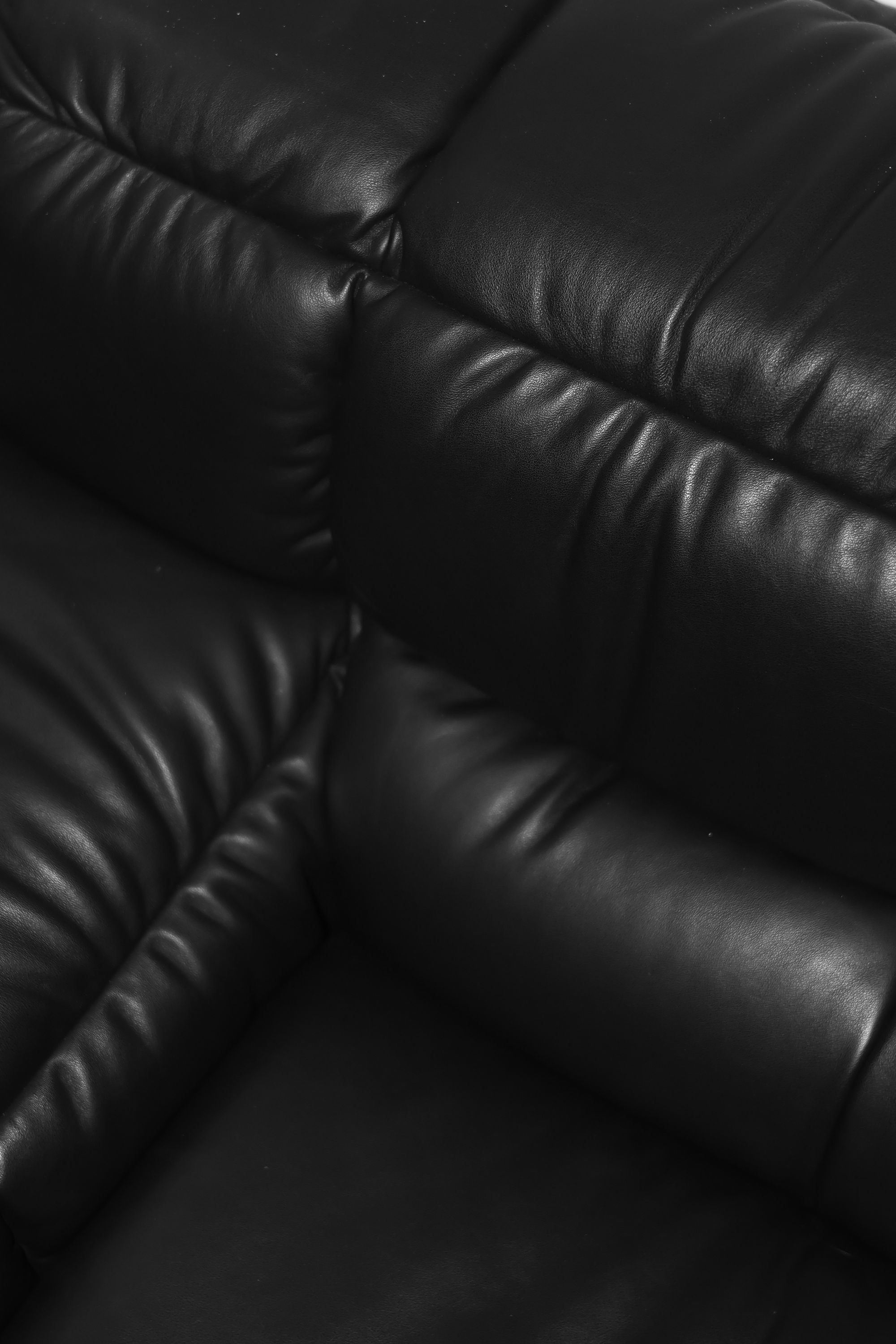
Detail of the ZE sofa. Photographed by Darío Castillo for PIN–UP.
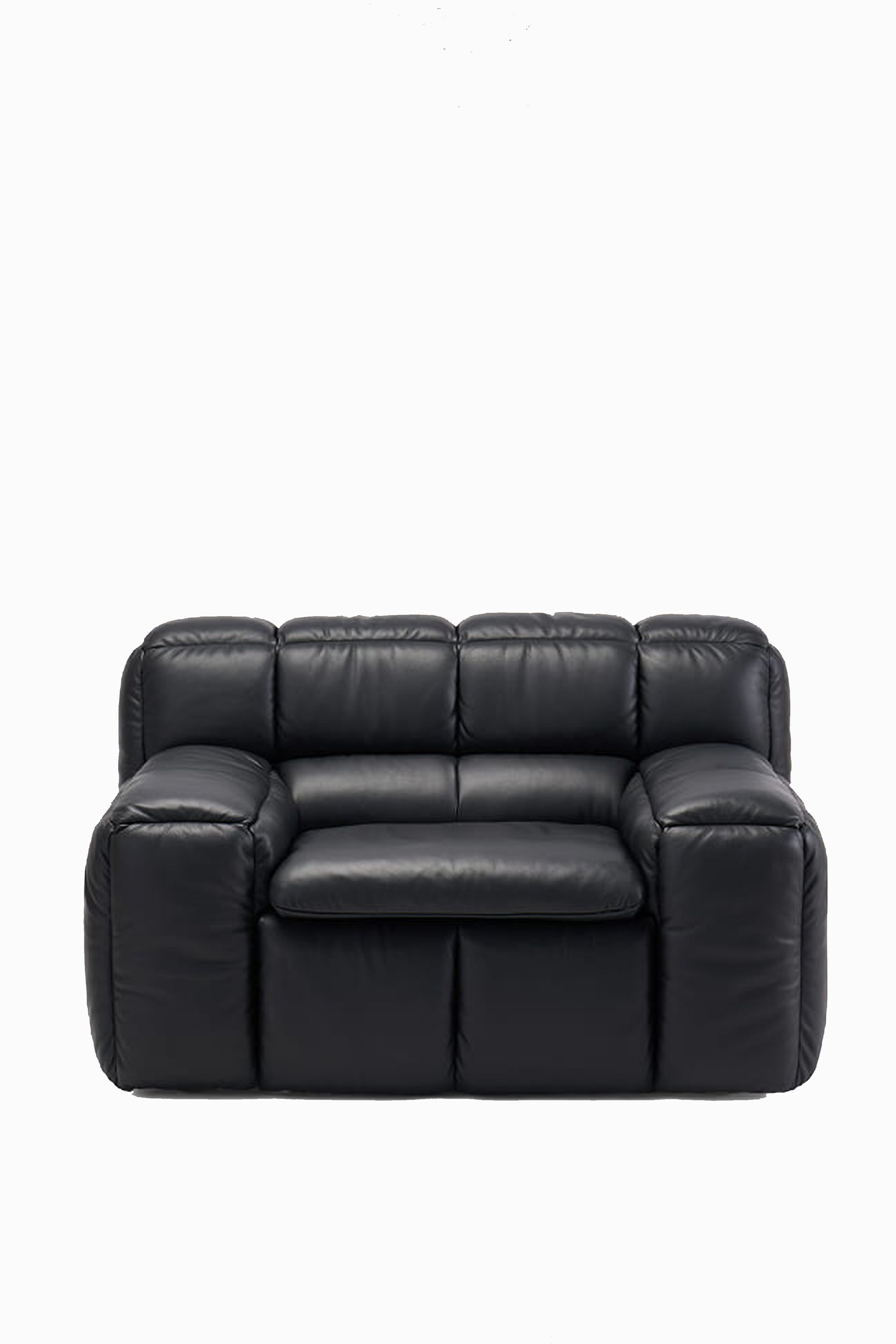
The ZE lounge chair. Courtesy of Lichen.
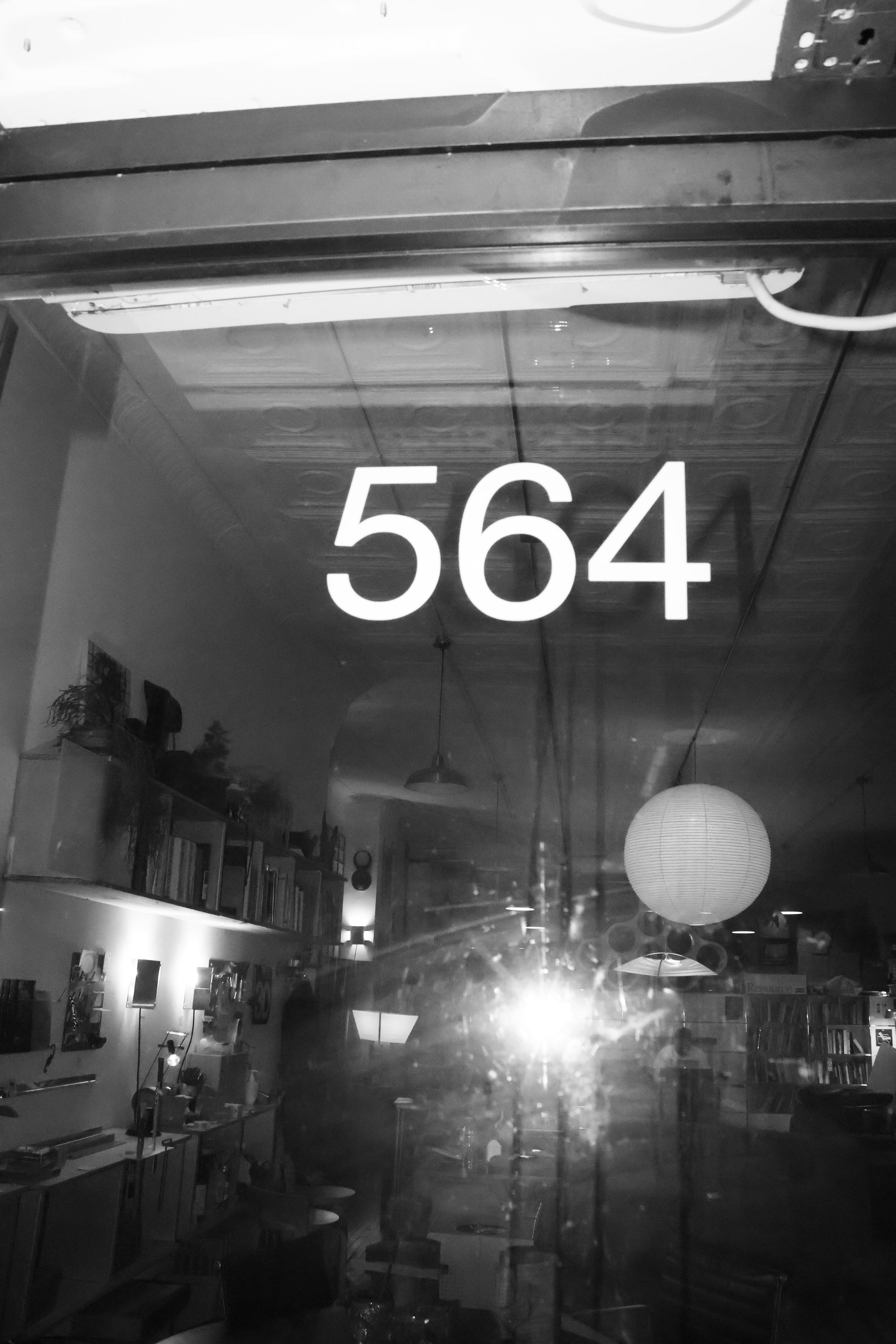
Lichen’s Ridgewood storefront. Photographed by Darío Castillo for PIN–UP.
How do you balance this love of design history without being too nostalgic or feeling like you’re just making a pastiche?
JB: I think it’s about what you surround it with. We’re always trying to juxtapose time periods.
EB: I think our strength is in styling. Especially since the pandemic, with people working from home, they have to have furniture that’s day to night. Even now, offices are trying to get people back into the workplace and make it feel more like home. We blend the lines between the two, and we always take that into account whenever we get invited to design a space.
In contrast to what you see in a lot of contemporary furniture, you guys still stay pretty accessible with prices. I feel like many designers have to make pieces more contorted and extravagant to justify the expense.
JB: The price is part of the design. If we exceed where we’re trying to land, then it enters a different product category and starts competing with luxury things. We didn’t want ZE to be a luxury thing. Sometimes that difference is 100 dollars. Prices were already going up, and then tariffs happened. How do we meet in the middle? Car companies do a good job of finding these compromises. There’s this Toyota Hilux that I’ve been coveting. It’s $20,000 new, which is a pretty ridiculous price for a new truck. But they’ve done this by stripping things away — there’s no glove compartment, for example. You’re left with this very utilitarian thing, but the price is accessible. We’re trying to explore similar options. People have been really gravitating towards our plywood production samples, for example. When you have to keep the price somewhere, you have to explain why that is — something can go from being expensive to affordable once you understand what you’re actually getting.

Lichen’s Ridgewood storefront. Photographed by Darío Castillo for PIN–UP.
Do you feel like running the storefront gives you a sense about what people are looking for or what they gravitate towards? I feel like most designers don’t get that kind of constant feedback.
JB: Oh, 100 percent. We’re constantly cataloguing. That’s why we call the space an “incubator.” I feel like that doesn’t really have an exact definition. As much as it is a showroom or a store, we also just put things out. Even having books out — that was a really simple thing that humanized the space a bit and got somebody to come in without thinking they have to sign a contract to sit on a sofa. There are pieces from the CMPT collection out in the store that aren’t available and don’t have a tag. We just wanted to see if people gravitate towards them. Like this lamp, for example, is from Alvaro Ucha Rodriguez. We’ve had it out just chilling and people will ask, “Hey, what’s up with this guy?” If that happens ten times, you know you’ve got something.
I actually first heard about you guys from Facebook marketplace, because even if it’s just vintage you’ve resold, people say it’s from Lichen. It’s like you’re re-entering the design bloodstream.
JB: Of all the things that have happened over these last eight years, that’s my favorite part: seeing Lichen in the block of furniture on Craigslist that’s used to boost it up. It’ll be like: “CB2, West Elm, Herman Miller, Vitra, Lichen….” When I see it there, that’s when I’m like, yo, we made it. It brings me as much joy as seeing stuff on Facebook marketplace still retaining its value as it does selling stuff at the storefront. A lot of people even upcharge things — you got a deal, we made a margin, and the person we bought it from made a margin. I think that is sustainability.
EB: A form of it, yeah. Economic sustainability.
JB: Economic sustainability. I’ve never heard that. Is that real? You heard it here first.
I used to work for this art book dealer in L.A. who had these bins in the store where she would put scrappier little pamphlets. I always thought it would be such a dream to wind up in one of those sale bins. That’s where you find surprises.
JB: Yeah. Facebook marketplace, or one big sale bin. It’s like gold in the stream. Shaking that thing, sifting it out. That’s what life has been like, it’s just like shaking that shit.
Got a gem.
JB: Yeah, that’s it. We got a gem, like a diamond. Some places we find things are just not what you expect. And it’s just been a whole existence of that.
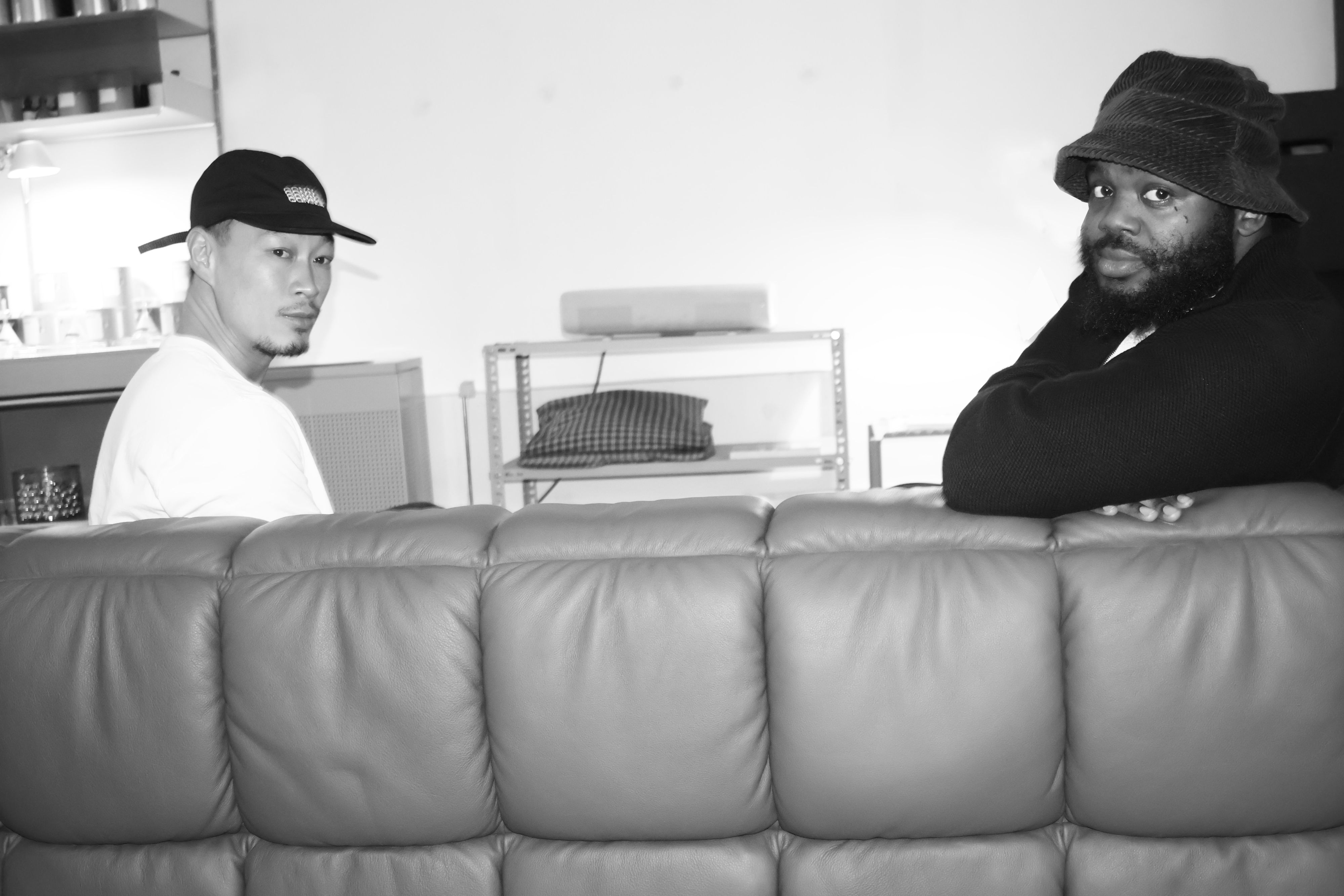
Ed Be and Jared Blake photographed by Darío Castillo for PIN–UP.